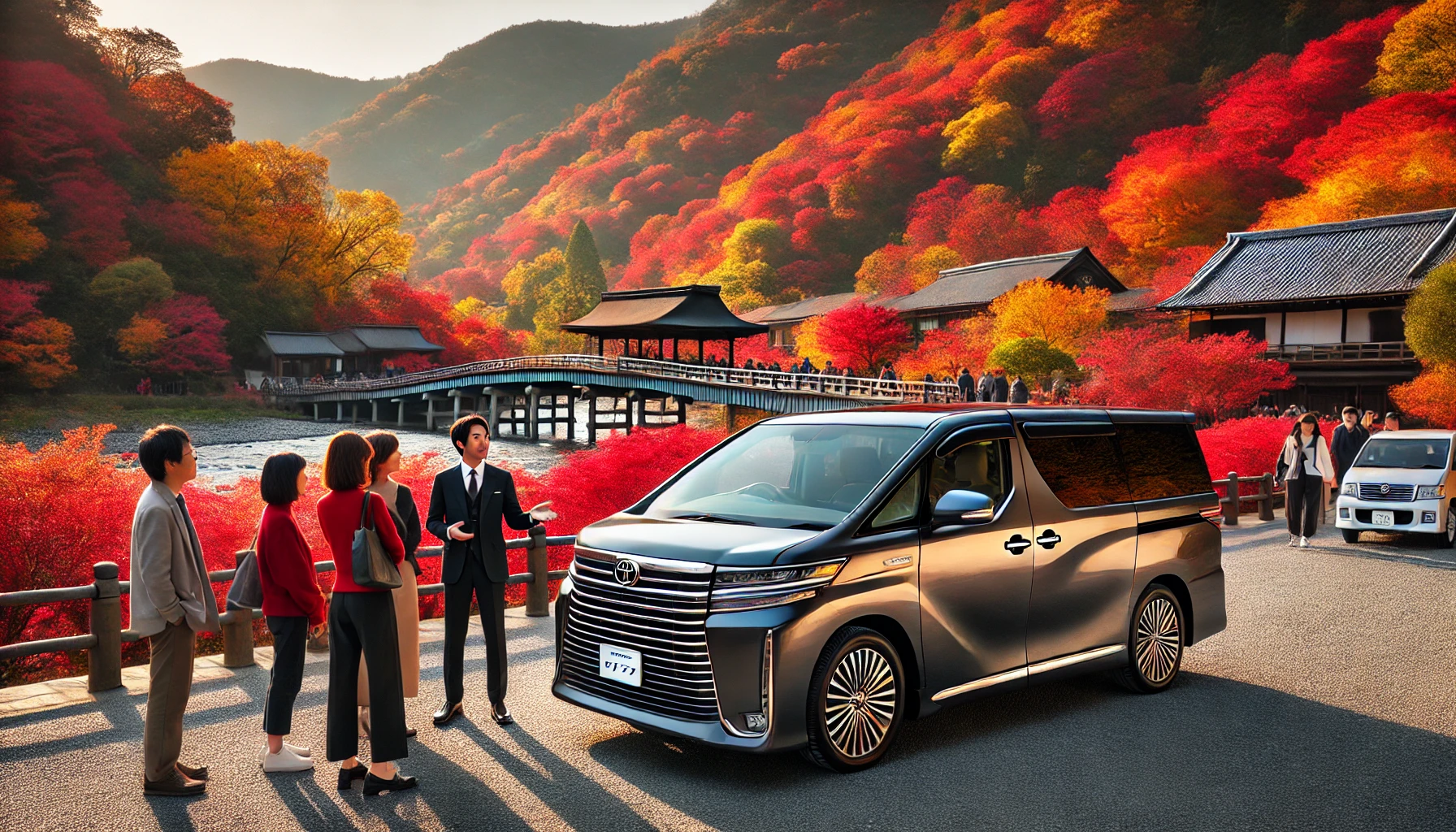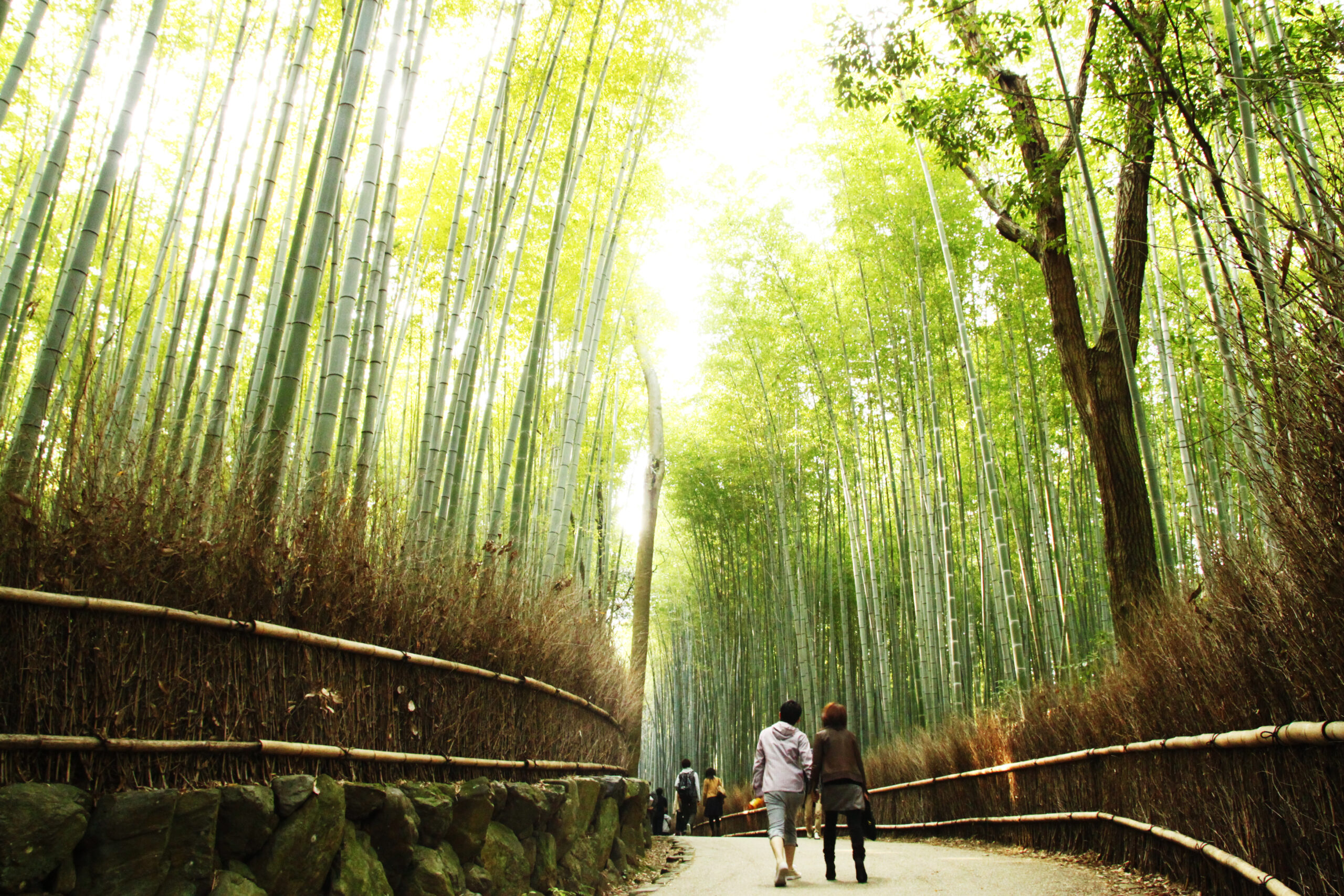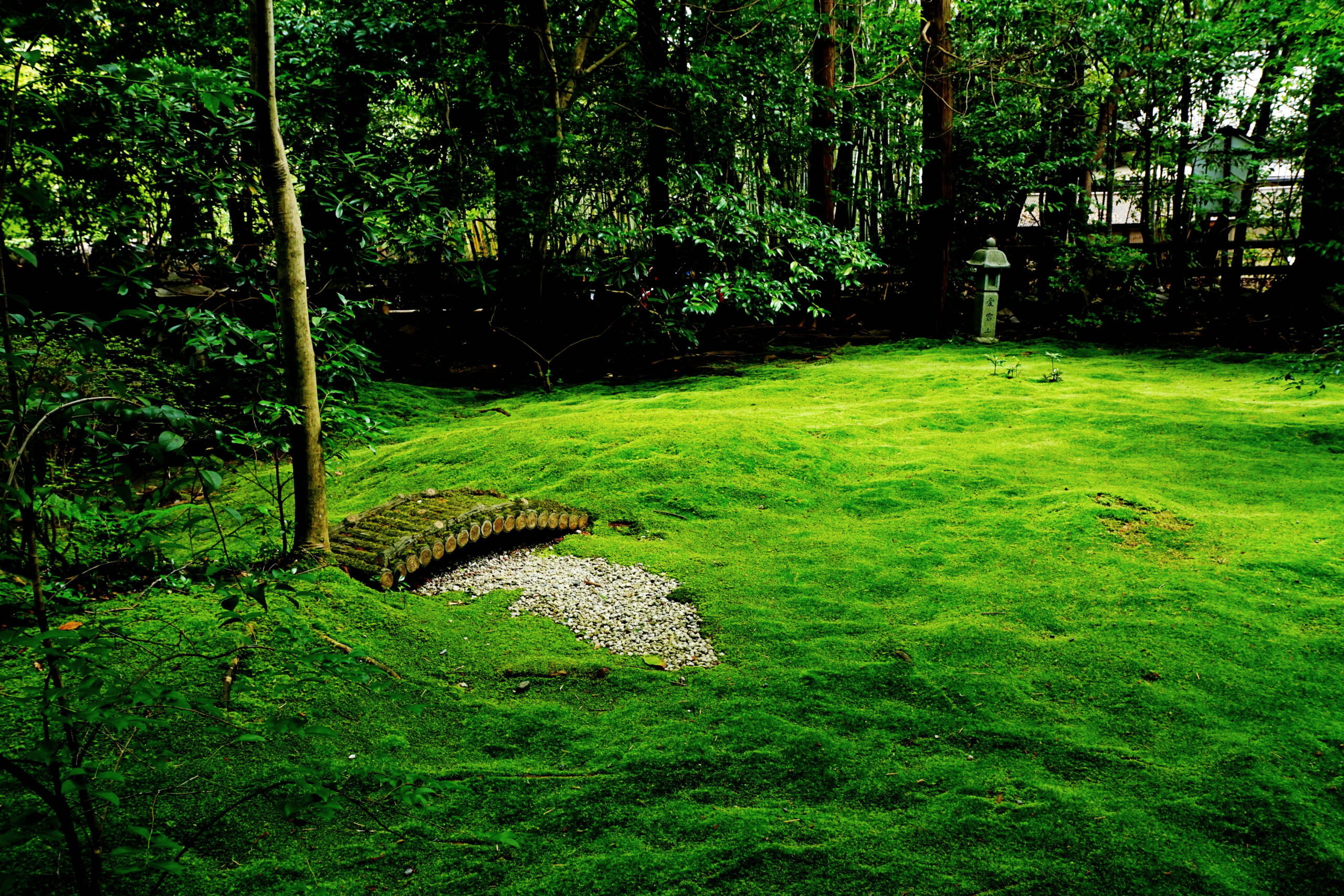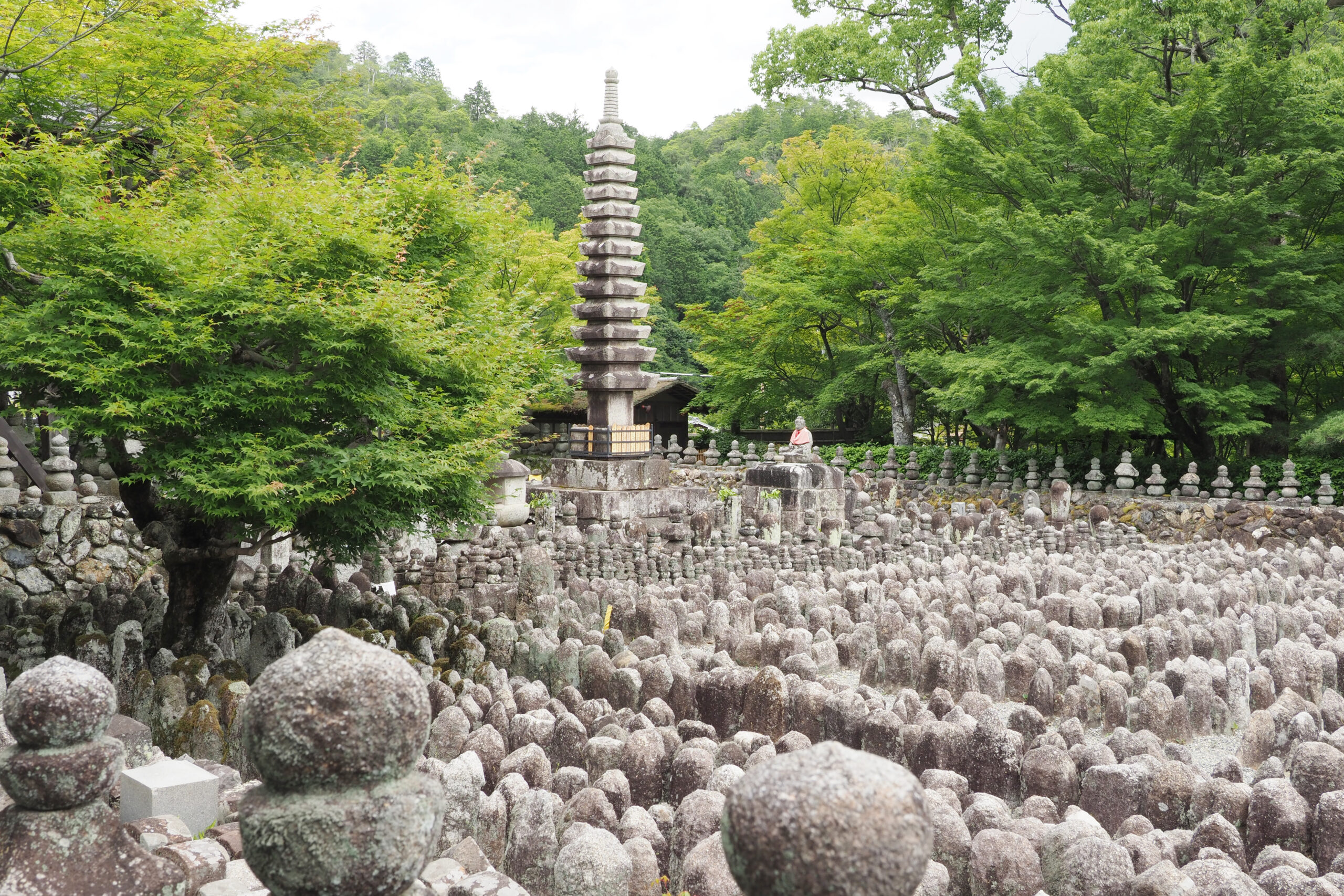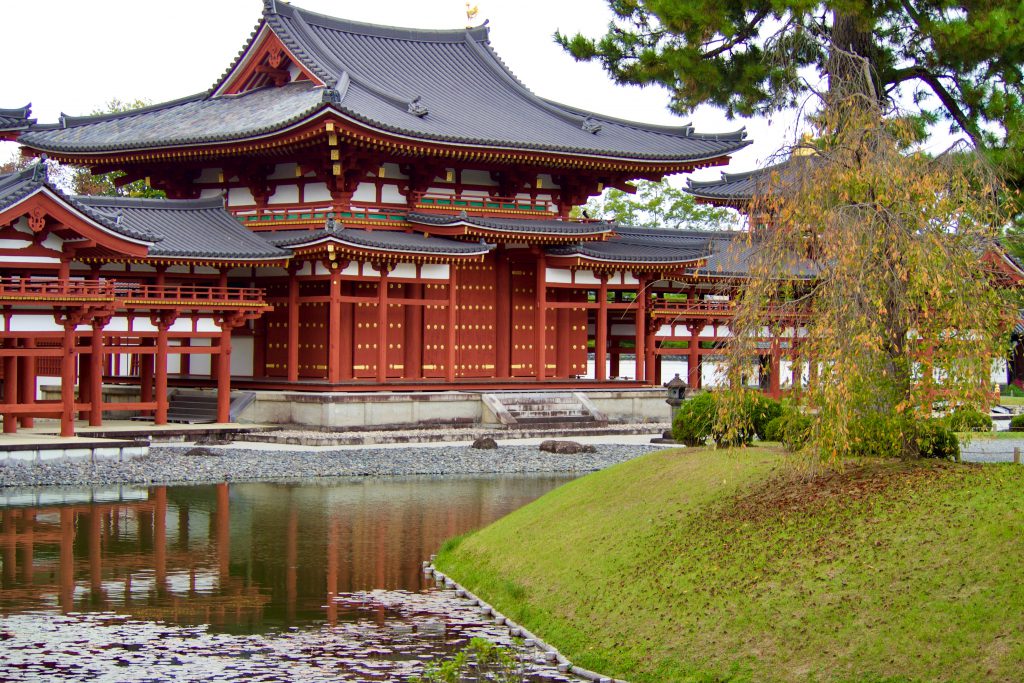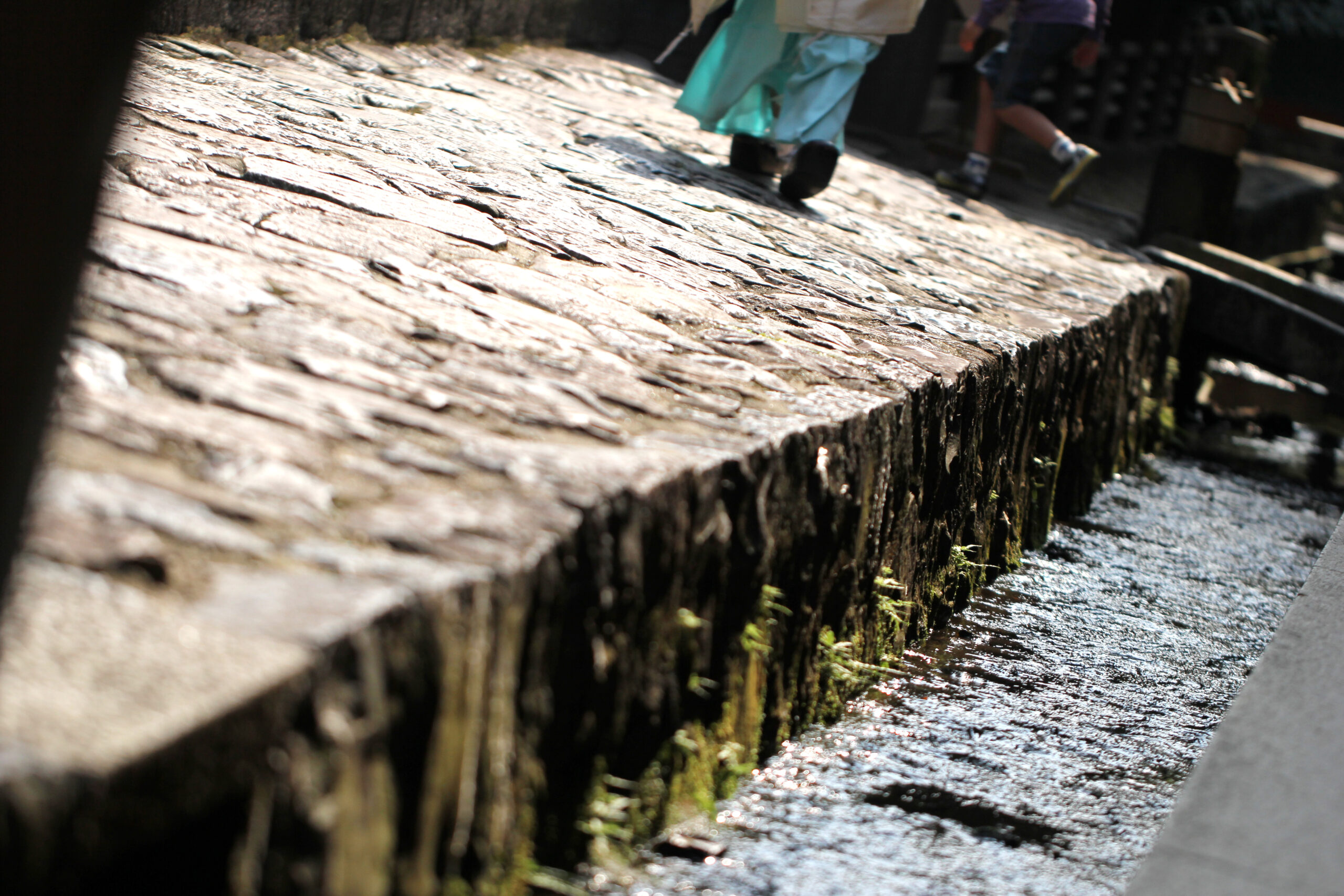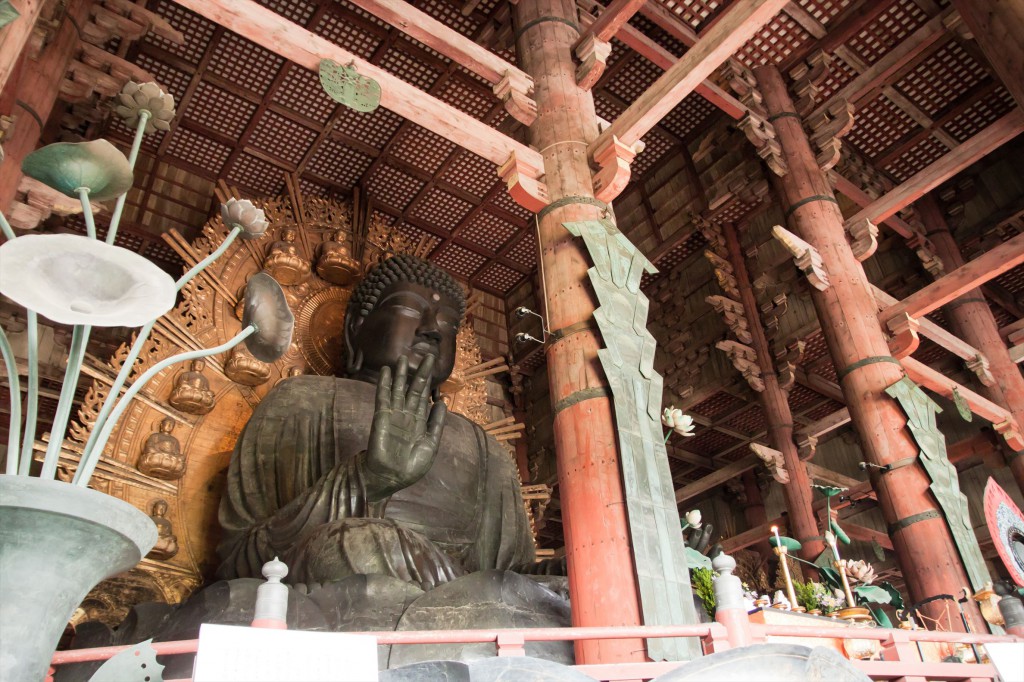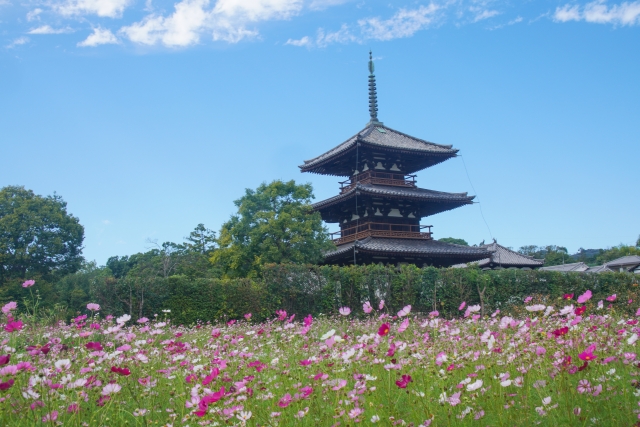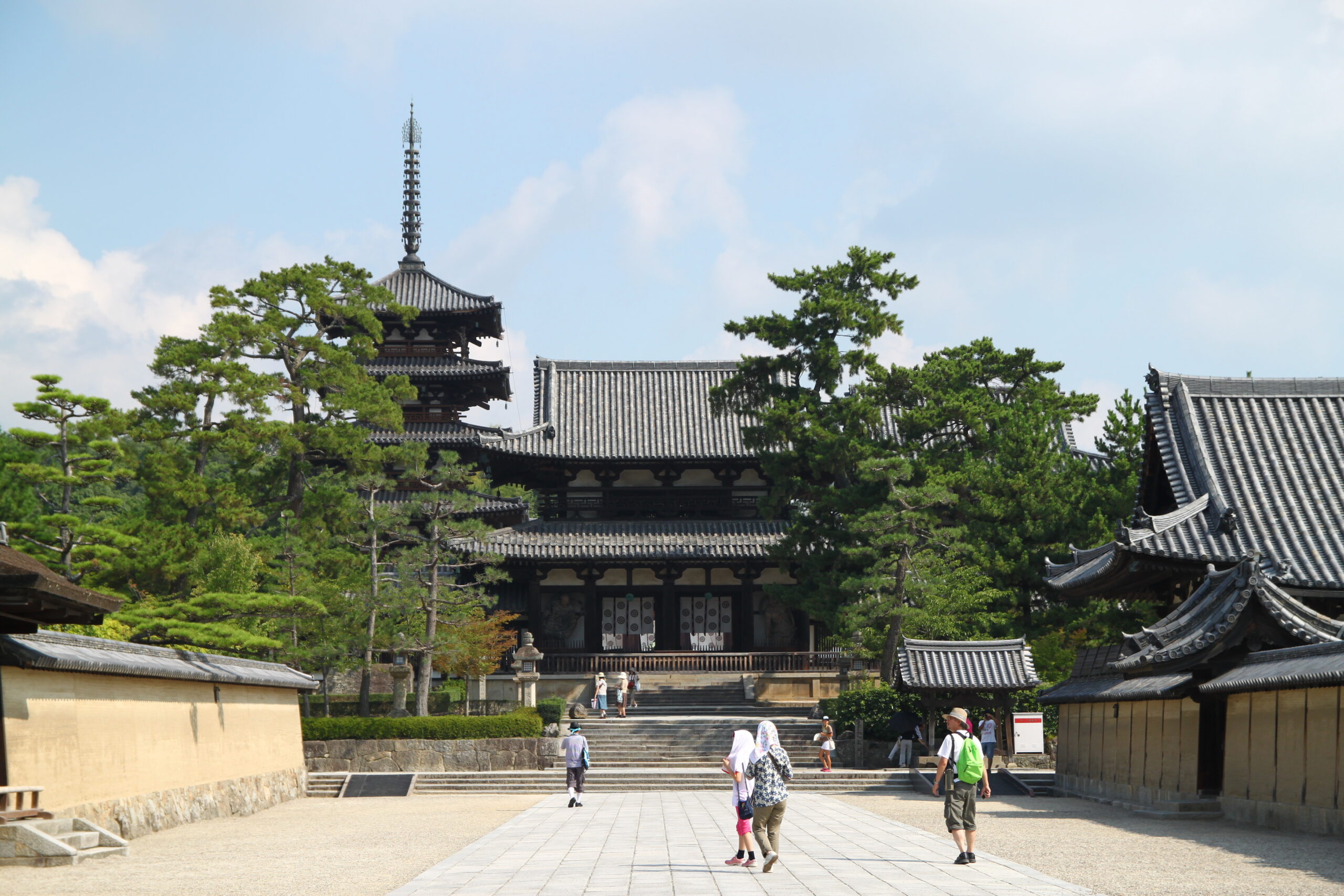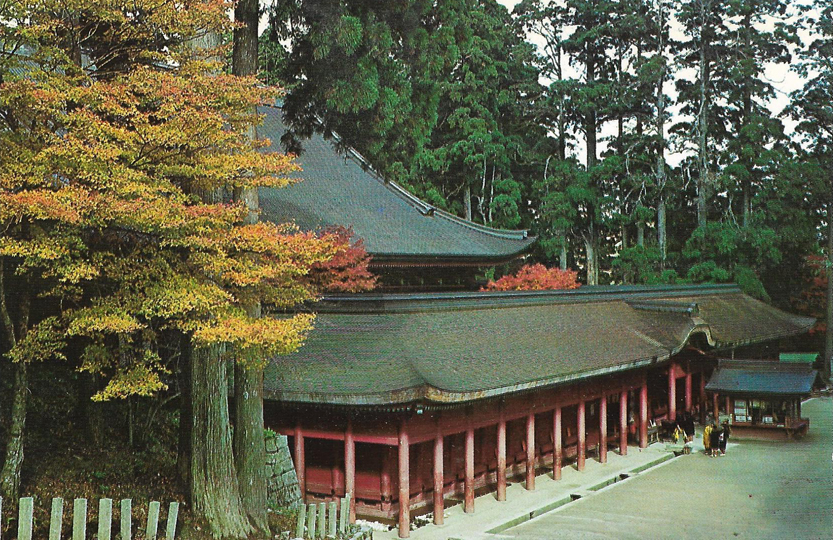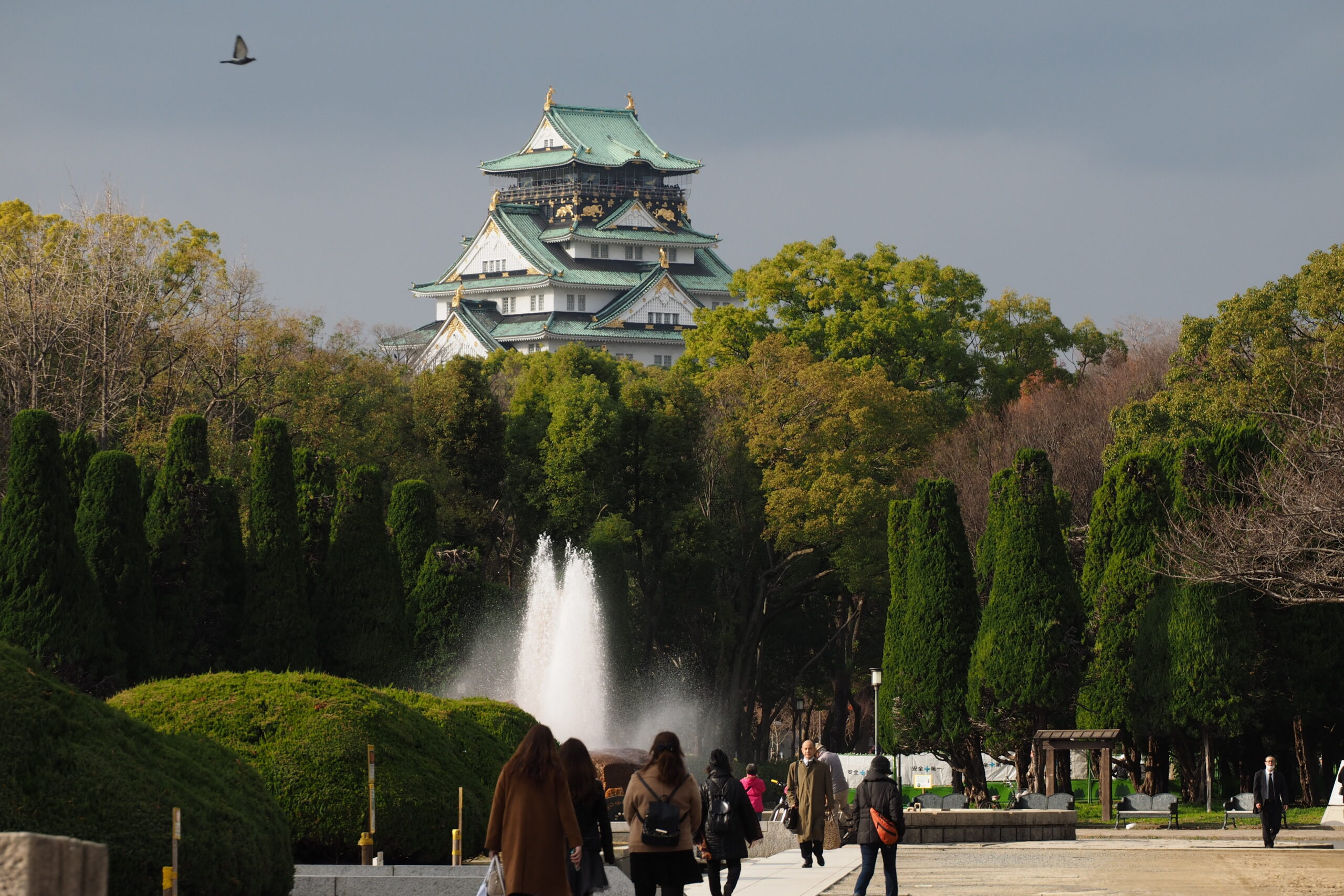Osaka & Kyoto City Tour by Car (from your Hotel)
PA010Z125
A government-certified foreign language and tourist guide will pick you up by car from the train station, hotel, etc.
In the Kansai region, tourist sites and accommodations are located in Nara, Kyoto, and Osaka.
Our driver-guides are free to tailor your tour according to your wishes, ensuring a personalized sightseeing experience.
HIGHLIGHT
We will take a tour of various locations in Osaka, Kyoto and Surrounding Areas in a car driven by an interpreter/guide, tailored to the preferences of our clients.
You can go anywhere within a 60-kilometer radius.
Meals are not included, but entrance fees and caf? fees are covered.
We can also accommodate other sightseeing spots and areas beyond those listed below.
[Examples of destinations]
1) Arashiyama, Tenryuji Temple, Sagano Area
2) Uji Area (Byodoin Temple, Daigoji Temple)
3) Mt. Hiei - Enryakuji Temple, Lake Biwa
4) Horyuji Temple, Ikaruga Village
5) Yamazaki - Japanese whisky distillery
6) Kibune, Kurama (North Part of Kyoto)
7) Kansai International Airport (KIX)
You can also visit more than one of the above areas.
WHAT YOU CAN EXPECT
[Three attractions of the tour]
(1) Guided tours to and from the hotel
(2) Interpreter guides will guide you through the history and culture.
(3) Courses can be arranged based on customer requests.
[With TJT, you can enjoy a safe and reliable driver-guide system]
(1) Study of the Safety Management Manual
(2) Aptitude test
(3) Pre-driving check
(4) On-the-job training on the locations and routes to be visited
More info
The tour price includes the cost of arranging the vehicle used during the tour.
To ensure a comfortable ride, we select a vehicle size that best suits the number of participants.
As a special exception to standard taxi regulations, government-certified guide-interpreters are permitted to provide tours by car.
At our company, only guide-interpreters with a proven record of safe driving are allowed to operate a vehicle during tours.
Our English-speaking guide-interpreters are highly knowledgeable about the Kansai region and will tailor the tour to your interests and preferences.
We are also happy to accommodate requests that go beyond the standard sightseeing routes and areas.
Itinerary
Departure from the hotel to various locations in Osaka, Kyoto & Surrounding Areas : Osaka Castle, Dotombori Area, Kiyomizu Temple, Golden Pavilion, Arashiyama / Sagano, Nara, Shiga and more.
CANCELLATION POLICY
In the event of cancellation, the following fees will apply:
(1) 3-14 days prior to the program: 20% of the program fee
(2) 2 days prior to the program: 50% of the program fee
(3) One day before the program or on the day*: 100% of the program fee
*In the case of a no show, a separate remittance fee will be charged.
There are no reviews yet. Be the first one to write one.
PROGRAM FEE(Excl. consumption tax)
- Fee for 1-3 people
- 100,000JPY
- Additional charge for 1 person
- 25,000JPY
- STARTING TIME
- 9:00~
- DURATION
- 420 min
- LOCATION
-
Departure from the hotel to various locations in Osaka, Kyoto & Surrounding Areas : Osaka Castle, Dotombori Area, Kiyomizu Temple, Golden Pavilion, Arashiyama / Sagano, Nara, Shiga and more.
- MINIMUM NUMBER OF PARTICIPANTS
- 1 person
- INCLUSIONS
- *Guided tours in English by a nationally licensed interpreter
*Car and related expenses (including gasoline, toll fees, and parking fees)
*Entrance Fee
- EXCLUSIONS
- * Food and drink, shopping expenses, etc.
* Transportation expenses to the meeting place
* Transportation expenses from the tour end place
- NOTIFICATIONS
- * Be sure to follow the guide's instructions during the program.
We are not responsible for any accidents caused by not following the instructions of the guide.
* In principle, the supported language is English. If you would like a guide for Chinese, French, Spanish, German, Italian, etc., please apply in advance to info@truejapantours.com.
We will answer about whether or not it can be implemented.
* Our business hours are from 8:00 to 17:00 on weekdays and from 8:00 to 10:00 on Saturdays.
Please note that inquiries outside business hours will be handled on the next business day.
Stocker
BOOKMARKS
- Not available.


